Home Secretary Sajid Javid has condemned the “senseless violence” that has seen a rise in the number of teenagers being stabbed to death across the UK.
In London, a Violence Reduction Unit is now up and running in a bid to tackle the number of teenagers dying as a result of knife crime. It is based on a ground-breaking approach used in Scotland.
Scotland’s Violence Reduction Unit (VRU) was set up to stem the tide of knife crime which saw Glasgow become Europe’s murder capital.
From its formation in 2005 the VRU proposed a fresh approach to tackling the problem.
Its key message was that gang-related stabbings and slashings were not just a policing issue but a public health issue. The unit’s motto was a simple one: “Violence is preventable, not inevitable.”
In 2004/05 there were 137 homicides (which include murder and culpable homicide figures) in Scotland – in Glasgow, there were 40 cases alone, double the national rate.
By 2016/17 the number had more than halved to 62.
Last year this had reduced by a further three to 59. A sharp instrument was the main method of killing for 34 (58%) of those cases and all but one of them involved a knife.
This homicide figure was the joint lowest number of recorded homicide cases for a single 12-month period since 1976.
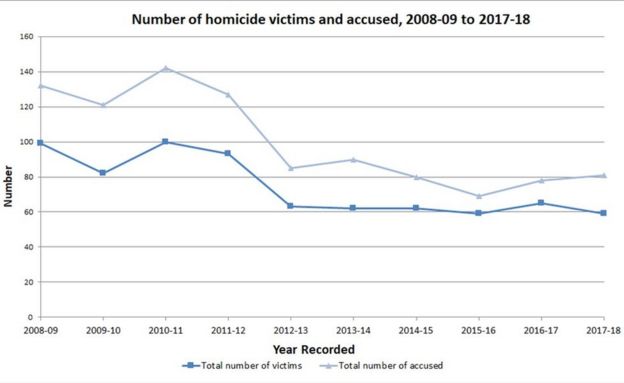
Over the years the VRU has worked closely with partners in the NHS, education and social work.
It has stressed the importance of positive role models and its projects have been shaped by statistics.
Former director John Carnochan once showed me a jagged graph of violent crime in Glasgow. It included many spikes but at one point it plummeted dramatically.
Mr Carnochan explained: “That was Valentine’s Day.”
Love may virtually halt violence once a year but other factors have helped Glasgow shed its unwanted reputation as No Mean City.
BBC Scotland looks at five key aspects of the VRU’s work.
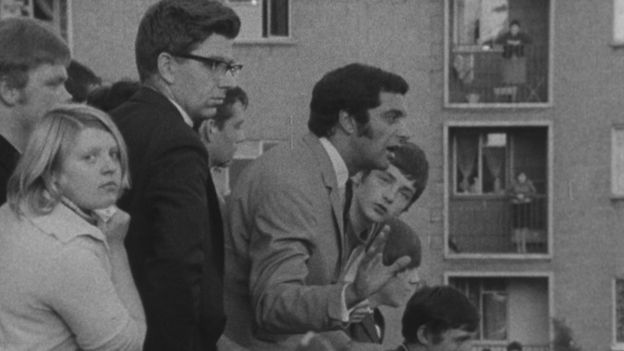
Gangs
Glasgow’s gang culture was highlighted in the 1960s when singer Frankie Vaughan visited Easterhouse to speak to young people.
He famously convinced rival leaders to shake hands and give up their weapons.
Fast forward four decades and the then Strathclyde Police Chief Constable Sir Stephen House invited teenagers from some of the most deprived areas of the city to Glasgow Sheriff Court.
The symbolism was powerful as Sir Stephen urged them to renounce violence or risk returning to the court for real.
The VRU made bold statements to young people in simple, no nonsense terms. For example, chalk outlines of a body and a knife once appeared in 15 areas identified as gang trouble spots.
Officers also proactively visited suspected gang members, targeted their meeting places and monitored their activity on early social networking sites, such as Bebo.
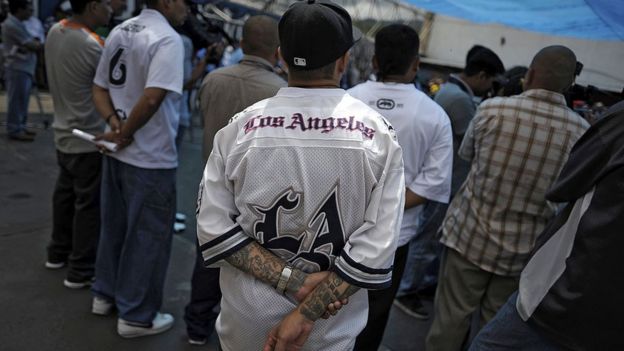
US influence
The VRU sought inspiration from across the Atlantic in its bid to make Glasgow’s streets safer.
Within two years of implementing Operation Ceasefire in 1995, Boston had reduced violent crime by about 50%.
In 2009 the VRU launched the Community Initiative to Reduce Violence (CIRV). It was designed to offer young people an alterative to gang membership, such as youth clubs, as well as the prospect of training and work.
Former offenders were drafted in to share their experiences with the next generation.
In 2011 police said the CIRV had resulted in a 50% reduction in violent offendingby those taking part.
Even among gang members who refused to participate, data indicated a 25% fall in the number of offences committed.
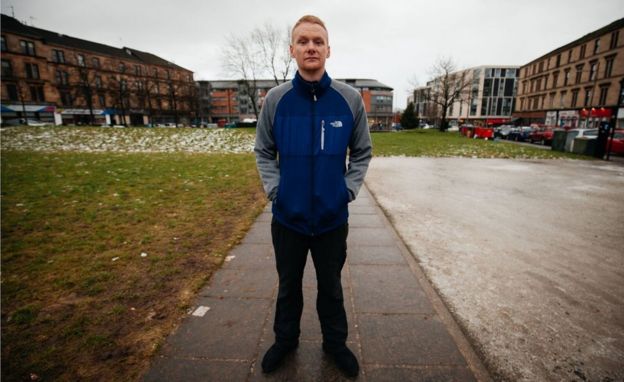
Health
In 2008 six surgeons who had witnessed first-hand the devastating impact of knife crime formed Medics Against Violence (MAV).
One of its early projects involved sending senior doctors into schools to share their harrowing experiences. MAV also produced a 15-minute film, called Your Choice, and devised lesson plans to help stimulate a debate.
The organisation encouraged knife crime victims to cooperate with the police as research showed many attacks went unreported.
It has also informed national debates, such as the case for minimum alcohol pricing. Earlier this year Dr Christine Goodall, of MAV, said more than 80% of assault victims in hospital emergency departments had been drinking, as had the people who had assaulted them.
The VRU’s holistic approach was illustrated at an anti-violence conference at the Scottish Police College.
It included a session by Canadian parenting expert Mary Gordon which highlighted the importance of empathy.

Education
The VRU launched a mentoring project in schools which is designed to combat the emerging threat of cyberbullying and encourage children to stay safe online.
Former Chief Insp Graham Goulden, said the scale of the problem should not be underestimated in light of the “sexually toxic environment” children are growing up in.
The Mentors in Violence Prevention (MVP) initiative teaches young people leadership skills to help them support their fellow pupils.
The scheme, which was devised by US academic Jackson Katz, also coaches young people to challenge offensive behaviour.
During workshops, pupils are asked questions such as: “Is it sometimes ok to send a sexually explicit photo to another person?”
The debates that follow aim to make teenagers think more carefully about their actions and what is acceptable behaviour.
Meanwhile, VRU deputy director Will Linden has credited a dramatic reduction in school exclusions in Scotland over the last decade as a key factor in keeping children out of trouble.
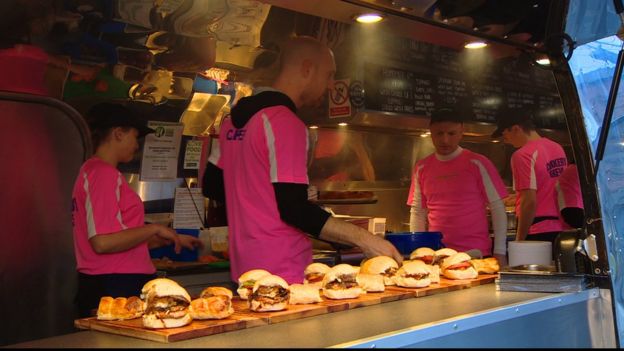
Opportunity
One of the VRU’s key objectives is to offer young people an alternative path.
In 2010, Brigadier David Allfrey, a former commander of 51 Scottish Brigade in Stirling, ran an adventure and leadership training scheme with former gang members.
And two years later he handed five men, aged 18 to 25, a role in the world-renowned Edinburgh Military Tattoo.
The ex-offenders, from the east end of Glasgow and Kilmarnock’s Onthank estate were stationed at Redford Barracks in Edinburgh for the duration of the event. During each performance they moved props around and performed.
Brigadier Allfrey, the Tattoo’s chief executive and producer, said: “There is enormous human potential wrapped up in these young men.”
The VRU was also influenced by LA-based Homeboy Industries, which offers gang members employment in its cafes.
One such example is Street & Arrow in Glasgow’s West End, which launched in 2016. It offers modern street food served from an airstream truck and hires former offenders for 12-month blocks.
Workers are paired with a mentor who can help them master everything from basic employment skills, like turning up on time, through to debt management and relationship issues.
